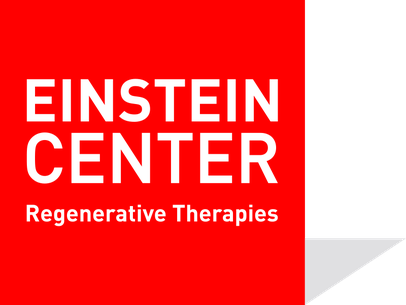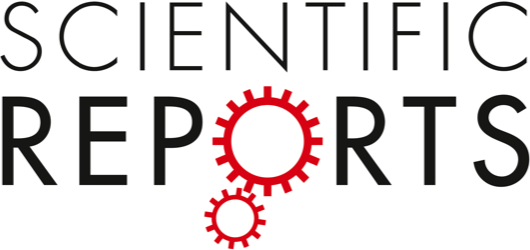The Journal of Tissue Engineering and Regenerative Medicine accepted our paper „Evolution of graft morphology and function after recellularization of decellularized rat livers“ for publication.
Decellularization of livers is a well-established procedure. Data on different reseeding techniques or the functional evolution and re-organization processes of repopulated grafts remains limited.
We established a proprietary, customized bioreactor to repopulate decellularized rat livers (n=21) with primary rat hepatocytes (150 x 106 cells) via the hepatic artery and to subsequently evaluate graft morphology and function during seven days of ex vivo perfusion. Grafts were analyzed at 1h, 6h, 12h, 24h, 3d, 5d and 7d after recellularization (all n=3) by immunohistologic evaluation, hepatocyte-related enzyme (AST, ALT, LDH) and albumin measurement in the perfusate.
To the best of our knowledge, this is the first available protocol for repopulation of rat livers via the hepatic artery. Within the first 24 hours after repopulation, the hepatocytes seemed to migrate out of the vascular network and form clusters in the parenchymal space around the vessels. Graft function increased for the first 24 hours after repopulation with a significantly higher function compared to standard 2D culture after 24 hours. Thereafter, graft function constantly decreased with significantly lower values after six and seven days of perfusion, although histologically viable hepatocytes were found even after this period. Our data suggests that due to a constant loss of function, repopulated grafts should potentially be implanted as soon as cell engraftment and graft re-organization are completed.
Authors are Antje Butter, Khalid Aliyev, Karl-Herbert Hillebrandt, Nathanael Raschzok, Martin Kluge, Nicolai Seiffert, Peter Tang, Hendrik Napierala, Muhammad Imtiaz Ashraf, Anja Reutzel-Selke, Andreas Andreou, Johann Pratschke, Igor Maximilian Sauer, and Benjamin Struecker.





